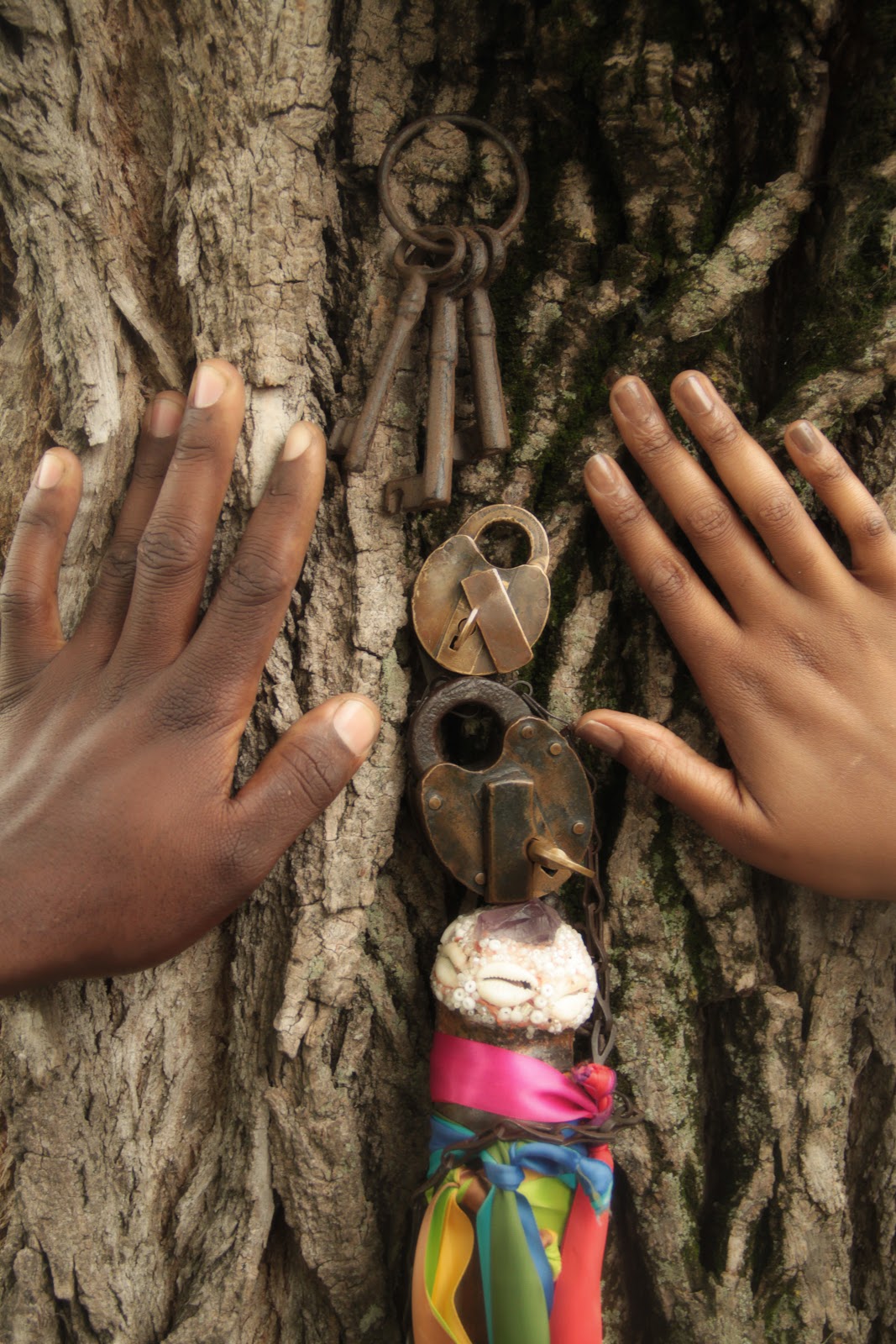Digital stories are a great way to present your audience with information that they typically would not encounter. Digital stories use a mixture of pictures, videos, audio, and film, to provide the audience with vivid imagery of the topic. My favorite part of a digital story is the audio because it can really shape the message or moral that the audience takes away.
After watching the digital story about Harvey Milk, I was really impressed by how detailed the storyteller was and the way she chose to narrate the story. The story starts off with background information and continues through a timeline, showing what Milk had accomplished overtime. I learned a lot about the LGBTQ+ community and the backlash they faced, especially during the time Milk was running for office. I had never heard of Milk and accomplishments, but after watching this story, I can describe him and speak to his character.
I would agree that this was a moving story, in the sense that it brought up a subject that isn’t commonly and openly discussed, but is very important. History should not only be discussed in textbooks or library books, but in conversations and stories as well. This digital story presented history in captivating and cohesive way. It made the audience want to learn more and want to really understand the subject at hand. The story was filled with descriptive language and various pictures, and had a great narrator. I would possibly change the order in which the narrator presented the story, and I would give the story a twist or moment of wonder. Overall, the story was a great one.
I also watched “Ammons Family Scrapbook”, which was a story on a family that lived in Virginia. One of the family members created a detailed scrapbook showcasing all of the family members at different occasions during the 1900s. The creator of the scrapbook chose specific moments and cut out specific people to paste into his scrapbook. The narrator does a great job of nudging us to pay attention to the nuances in the book, that are interesting and have some underlying messages.
I really enjoyed watching this digital story, because of the way it’s organized and the details that the narrator expresses. I would possibly be a little more creative with the scrapbook, if I were telling this story, but I don’t think that there’s anything missing from the story. When I create my story I’d like to use a different construction technique and I would avoid using the traditional chronological flow of a story. I would use a similar descriptive tone and also provide my audience with as much useful, accurate information as possible.

Kayla Schiltz
I want to hear more about avoiding the traditional chronological story outline. It seems like an interesting concept.
Sabrina Borneff
I totally agree with how important it is to spread history through platforms other then textbooks. This was also the first time I had heard of Harvey Milk and it was awesome to learn something new.